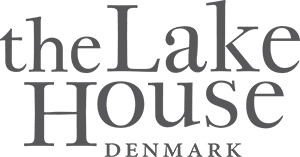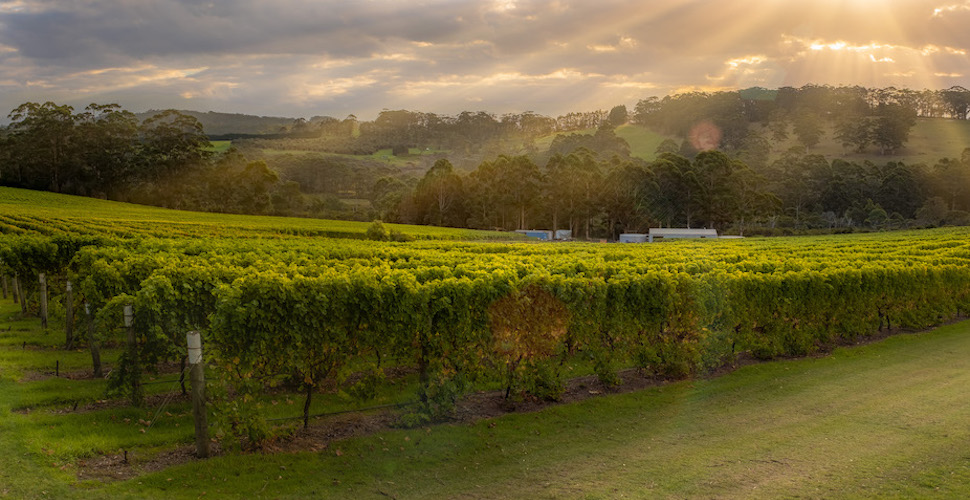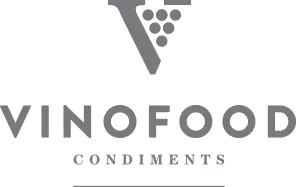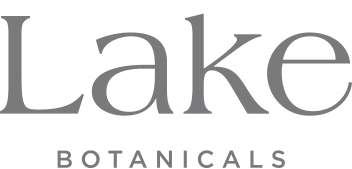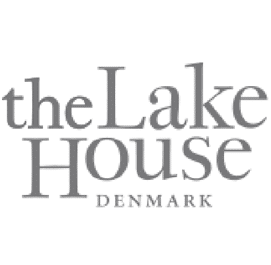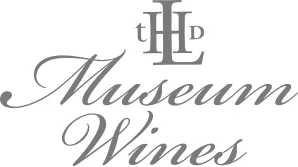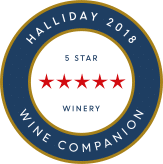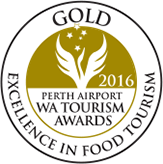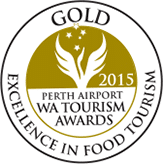Surrounded by row after row of lush green vines, it only seemed fitting that The Lake House Denmark’s Garry and Leanne began producing what is now regarded as some of the region’s best cool-climate wines.
An already established vineyard not only looks beautiful, it becomes very handy if you want to produce your very own range of wines. And that’s exactly what Garry and Leanne decided to do, after buying their idyllic tree-lined property in Denmark, WA, back in 2005.
“When we first purchased the property we didn’t have any experience in winemaking or vineyard management,” Garry says. “However, we certainly enjoyed a good bottle of wine, not to mention its ability to bring people together.”
The couple’s fascination with wine didn’t stop there. They were curious about the more technical aspects of viticulture: learning what makes a good drop and how different vineyards produce different types of wine.
When they acquired their vineyard-clad property, it made sense that they would take that interest to the next level. But how?
“We did a training program at Cullen Wines in Margaret River, renowned for their biodynamic viticulture practices,” Garry explains. “We then did a second training course in the Great Southern, focused on the same grape growing principles.”
This method of viticulture really resonated with the couple, who wanted to produce great quality, cool-climate wines, with minimal impact to the land and environment.
“The biodynamic process, which is all about managing a vineyard with little to no harsh chemicals, was exactly where we wanted to go with The Lake House Denmark’s vines,” Garry says. “Micro-organisms that live in the soil help the roots of your vines to grow much deeper, allowing them to draw the flavours and nutrients out of the soil. If you use harsh chemicals, you risk killing off those micro-organisms.”
With a deeper understanding of biodynamic principles, Garry and Leanne started to look for someone who could help them implement this method of viticulture on their vineyard.
“Mike Melsom was a very well renowned and well respected viticulturist who had a vineyard in the Pemberton region,” Garry says. “After much persuasion from ourselves, Mike came on board.”
There was plenty to be done. The vines, a mix of Chardonnay, Pinot Noir, Semillon, Sauvignon Blanc, Cabernet Sauvignon and Merlot, were first planted in 1995 by Mick and Rose Ponsford.
“Denmark’s not great for ripening Cabernet Sauvignon or Merlot varieties, as the region tends to run out of sunshine,” Garry says. “So we pulled out the Cab Sauv and Merlot then planted more Sauvignon Blanc, Pinot and Semillon.”
“We nurtured our already established block of Chardonnay and Pinot, both of which have since become highly sought after and are in high demand due to their high quality flavours, and planted some more. We now have five different clone varieties of Pinot, which all add to the excellent flavours that you can taste in the bottle.”
While Garry and Mike planted new roots, Leanne tended to the vines.
“You could see Leanne putting out the biodynamic sprays at 4am in the morning,” Garry says.
Before long, The Lake House Denmark’s first vintage was ready for harvest in 2006. The grapes would be used to produce the winery’s three core ranges of wine – Premium Reserve, Postcard and He Said She Said (and later down the track, the lauded Museum range) – and the rest, they say, is history.
After a vine time at home? Join our Cellar Club for a monthly drop of your favourite Lake House Denmark Wines, delivered straight to your front door.
Thanks for reading part II of The Lake House Denmark Story. If you missed part I, read it here. Or check out Part III of the Lake House Story, read it here.
